Het arrangement Thema: Personal - hv123 GJK is gemaakt met Wikiwijs van Kennisnet. Wikiwijs is hét onderwijsplatform waar je leermiddelen zoekt, maakt en deelt.
- Auteur
- Laatst gewijzigd
- 2022-09-20 17:33:17
- Licentie
-
Dit lesmateriaal is gepubliceerd onder de Creative Commons Naamsvermelding 4.0 Internationale licentie. Dit houdt in dat je onder de voorwaarde van naamsvermelding vrij bent om:
- het werk te delen - te kopiëren, te verspreiden en door te geven via elk medium of bestandsformaat
- het werk te bewerken - te remixen, te veranderen en afgeleide werken te maken
- voor alle doeleinden, inclusief commerciële doeleinden.
Meer informatie over de CC Naamsvermelding 4.0 Internationale licentie.
Aanvullende informatie over dit lesmateriaal
Van dit lesmateriaal is de volgende aanvullende informatie beschikbaar:
- Toelichting
- Kopie van 151847
- Eindgebruiker
- leerling/student
- Moeilijkheidsgraad
- gemiddeld
Gebruikte Wikiwijs Arrangementen
VO-content Engels. (2022).
1.1 Introducing yourself - hv12
https://maken.wikiwijs.nl/117769/1_1_Introducing_yourself___hv12
VO-content Engels. (2022).
1.2 Preferences - hv12





 In this theme you will focus on the following 'can do' statements.
In this theme you will focus on the following 'can do' statements. In this theme you are going to do the following things:
In this theme you are going to do the following things:




 Introduce yourself
Introduce yourself Introductions
Introductions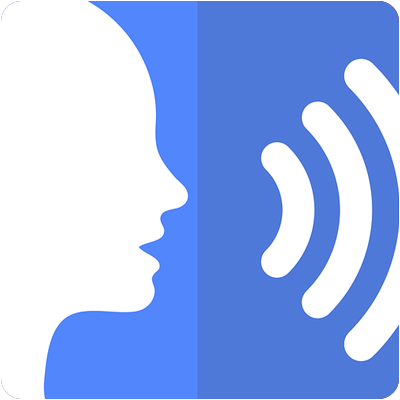 Study the words and phrases well.
Study the words and phrases well.


 Fill in a form
Fill in a form
 The subject of this double period is things you like and dream about.
The subject of this double period is things you like and dream about. Dream house
Dream house Soul Rebel
Soul Rebel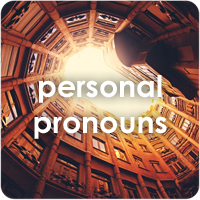
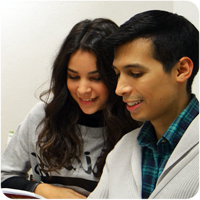
 A postcard about your hotel.
A postcard about your hotel. The subject of this double period is your environment.
The subject of this double period is your environment. Children’s bedrooms
Children’s bedrooms A day in my life
A day in my life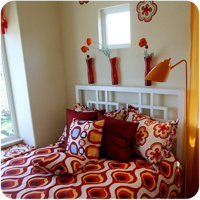 Study the words and phrases well.
Study the words and phrases well.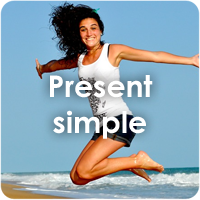

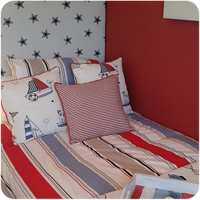 An email about your bedroom
An email about your bedroom Je hebt de blokken van het thema 'Personal' doorgewerkt.
Je hebt de blokken van het thema 'Personal' doorgewerkt. Final product
Final product
 You started this theme with a test in the section Need to know.
You started this theme with a test in the section Need to know.
